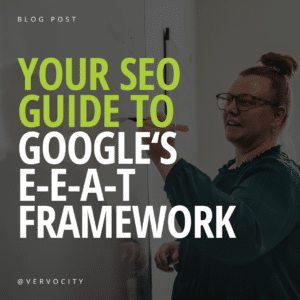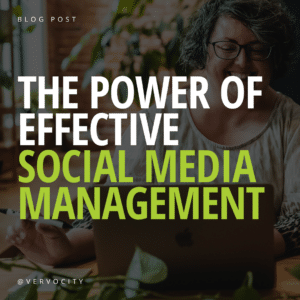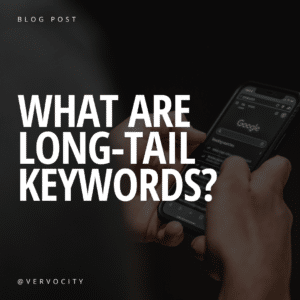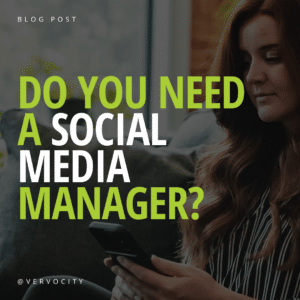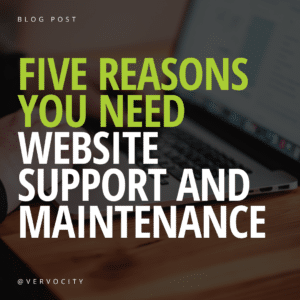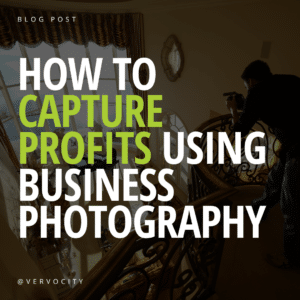Employee recruitment and copywriting have more in common than you might think. Both aim to sell something to a target audience through persuasive communications and compelling experiences. Copywriting is trying to sell a product to consumers and recruiting is trying to sell a company’s culture and opportunities to candidates.
For that reason, there is much we can learn in talent acquisition from those who write copy. In fact, your copywriting can drive candidates to your front door or website. Since quality content can make a big difference in helping you achieve your candidate attraction goals, here are 5 tips to improve your effectiveness.
1. Let’s talk about copywriting
Copywriting is a critical element of marketing. It consists of words marketers use to try and get people to take action after reading or hearing from them.
For recruiters, copywriting can be in the form of job postings, social media posts, careers blogs, candidate communications, and any other touchpoint your candidate has with you during the hiring process. You should know that their first impression of your company is a direct result of copywriting efforts. The same goes for keeping them on your team. Copywriting can help you retain those employees, too.
Your wording and the tone of your copywriting can be the difference between a candidate putting in an application and ignoring you altogether. They are looking for a message that resonates. Make sure you’re not missing out on any qualified candidates because of your copywriting approach.
2. Make it personal
Your candidates prefer a customized approach over anything templated. Take the time to personalize your message. This shows potential candidates that you value their experience and time and they will get a feel for how they will be treated as an employee.
Start by thinking about the type of person you are wishing to attract to the job. Consider building candidate personas and a specific message that applies to that group based on your research. Copy you write should take into account their interests alongside career pain points, aspirations, and other factors.
3. Communicate why they should care
Any copy you write should explain why the candidate should care as quickly as possible. People skim content and won’t pay attention if you don’t touch on this immediately. Answer questions like, “Why do people stick around,” “Why do people pick you as an employer,” and “What sets your company apart from the competition.”
The best candidates care about company culture. If your company wants to recruit and hire top performers, understand what they want and need most from their employers. The answer isn’t just a generous paycheck.
By understanding what kind of company culture these top candidates prefer, you can learn which elements of your culture are most critical to emphasize and promote. References to company culture can also help retain those who might be looking to leave as it will help them relate to the job and see why they are so important to the company.
4. Keep content simple and be approachable
The audience you’re trying to reach is smart. That doesn’t mean you can get technical in your copy. In reality, candidates are pressed for time and their attention is divided, so you have to get to the point and be approachable online.
Shorter words and paragraphs are easy to absorb quickly and your chances of getting engagement increase. As a general rule, look to write copy at an eighth-grade level — even for highly educated audiences. Here’s a free readability assessment tool to try out.
If you’re struggling with your copy, try running it through the free Hemingway Editor. It’s named for the author, Ernest Hemingway, who was known for concise writing!
5. Develop visuals to go with your copywriting efforts
We found the most success with personalized employee testimonial videos where the team member tells a story about their experience with the company. This, in turn, helps the candidate relate to the copy in a personal way. They see life through the lens of the employee in their possible position and should like what they see.
We recommend that you sit with the employee spokesperson and outline what they wish to share with the outside world. That way their thoughts are organized before they go on camera.
Videos like these pair well with written copy, allowing your content to absorb quickly. Readers are 80 percent more willing to read your copy if it has visuals and they will retain that information more readily according to Movable Ink. This means that candidates are likely to remember your employer brand if you communicate it visually — and even if they’re not ready for a career transition now, they may recall your company when the timing is right.
It’s also important to sprinkle visuals and video throughout a longer-form piece of written content in order to move the reader down the page in order to reach the next visual. It’s a great Search Engine Optimization, or SEO, technique as search engines favor pages with images and video as opposed to a page with just text.
Videos like our employee testimonial videos help you increase the chances that candidates will read, remember, and take action in response to your message.
What’s working? What’s not?
The other important thing to remember is some things will work and some will not. You should track your results so you can continue to make adjustments and develop successful content over time.
You should be interested in who visits your career site from social media and job site profiles, conversion rates from site visitors to applicants, and response rates to E-Blasts or email marketing efforts and other promotional materials.
For example, you may notice that a stripped-down email or E-Blast might be receiving fewer responses. Slowly introduce personality into this copy and track your response rate to find the perfect balance of personality and conciseness.
There are plenty of elements that could be influencing your communication with candidates. If you’re struggling with recruitment and retention, we can help! Let us audit your efforts to help identify weak points and figure out what’s worth monitoring according to your specific goals. And if you’re just looking for guidance, we are ready to be on your team through the recruitment process!

